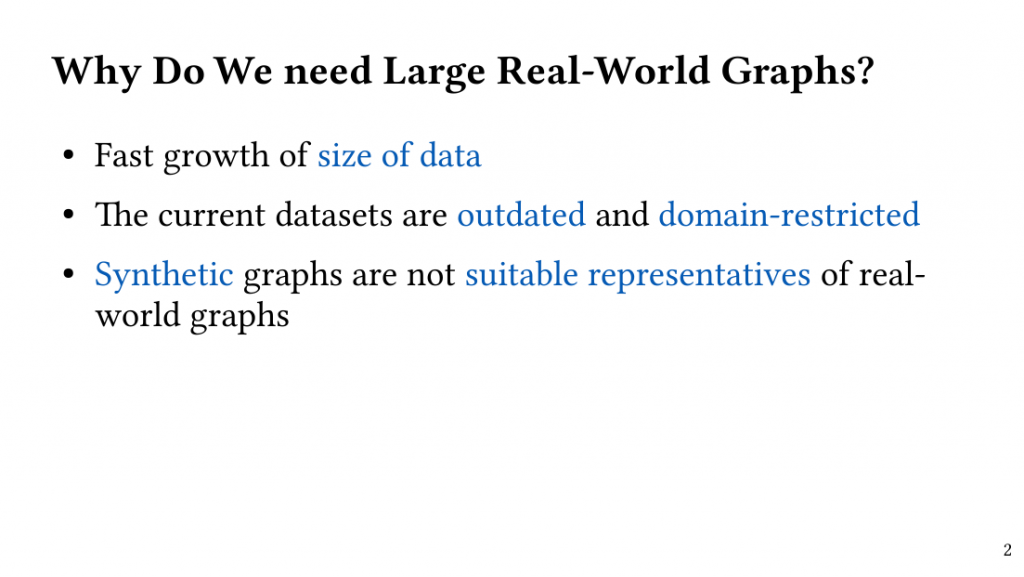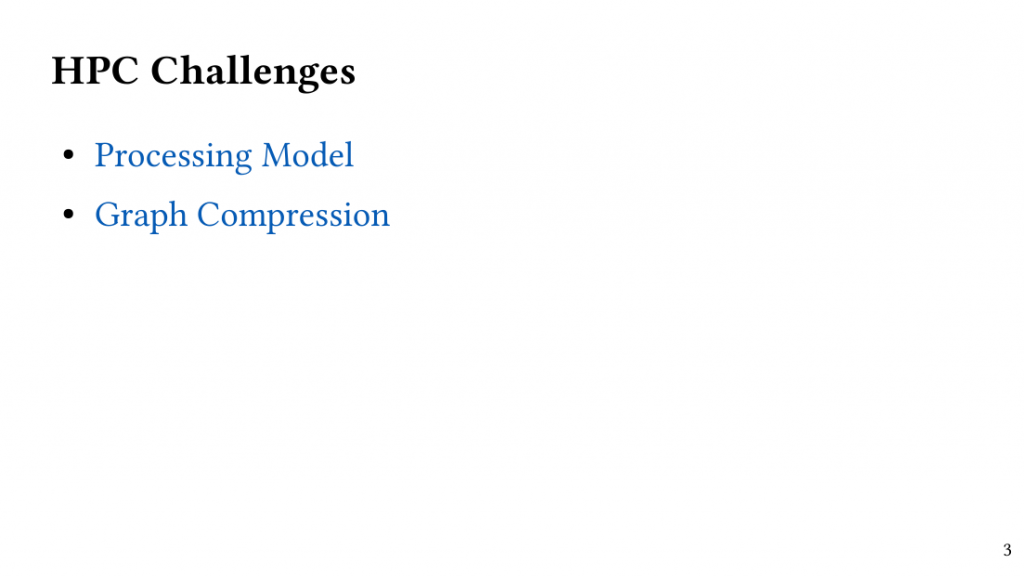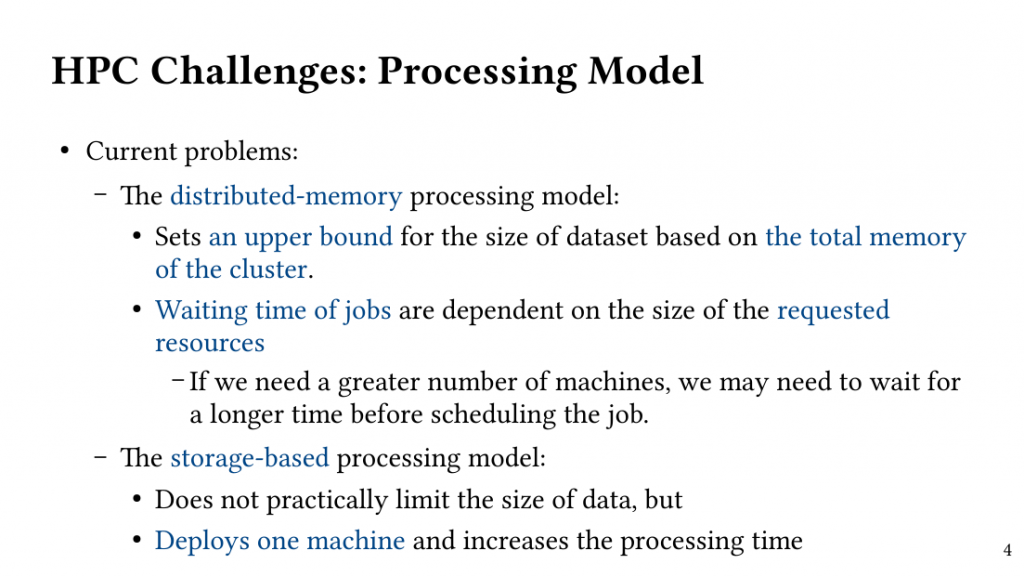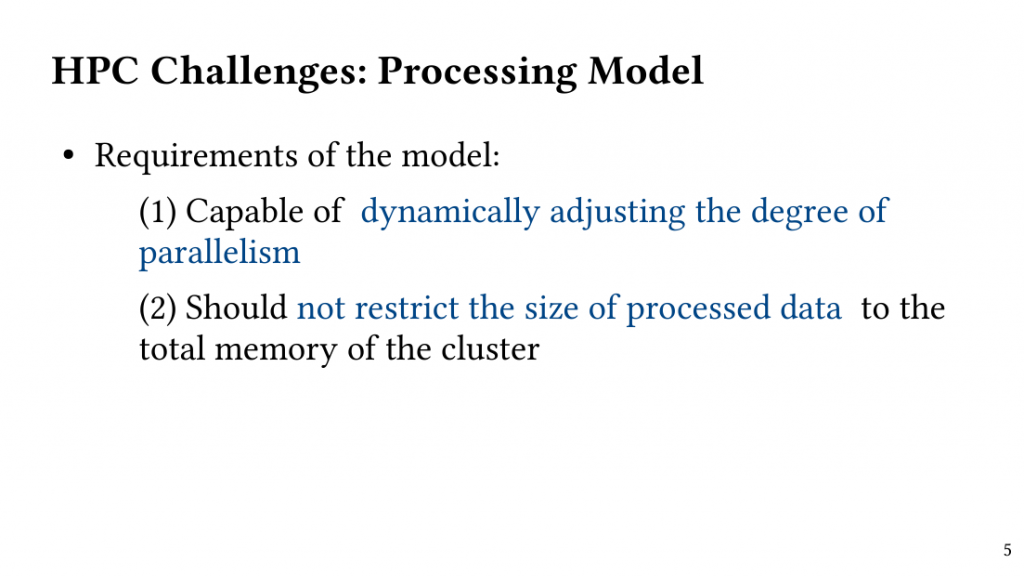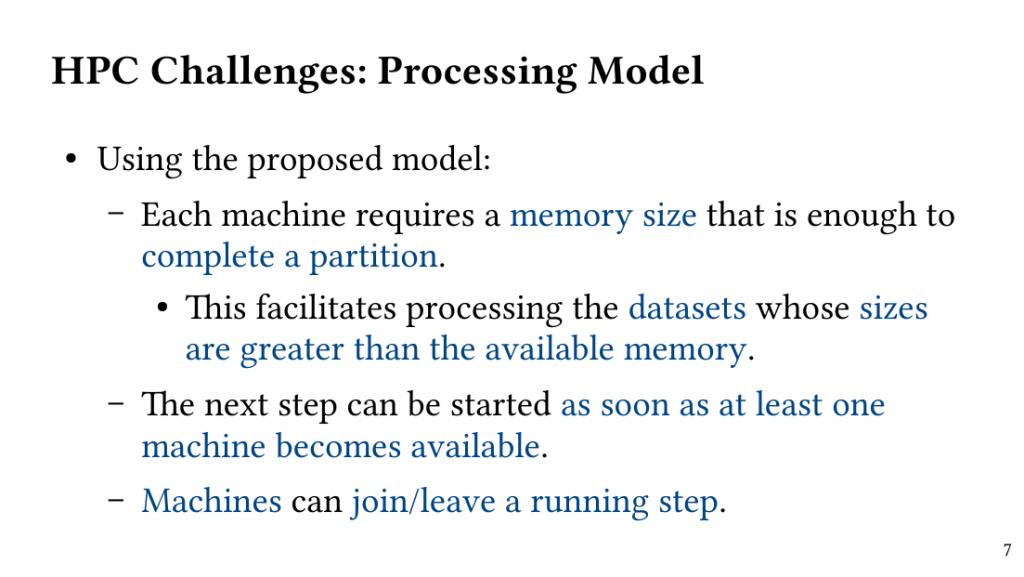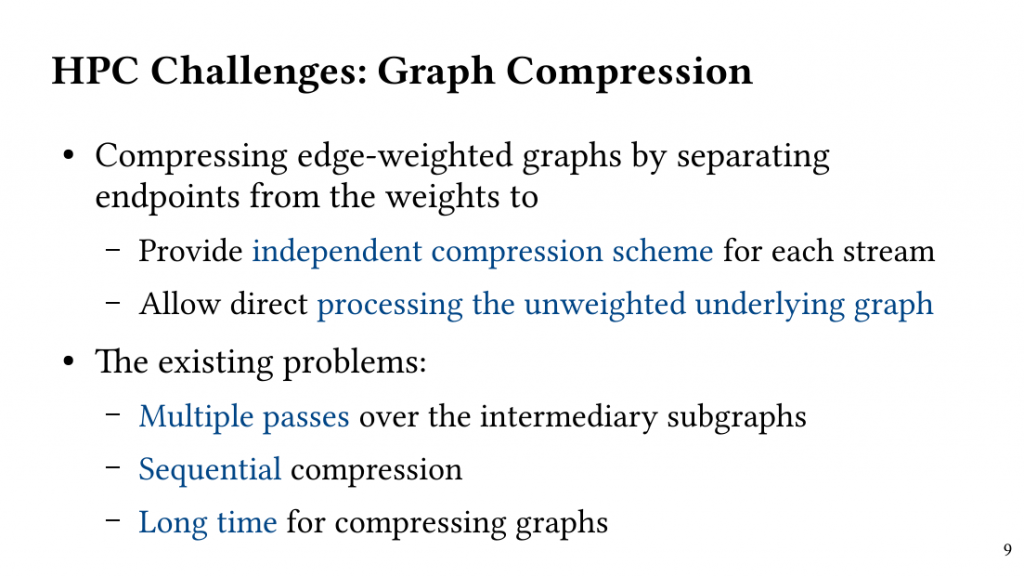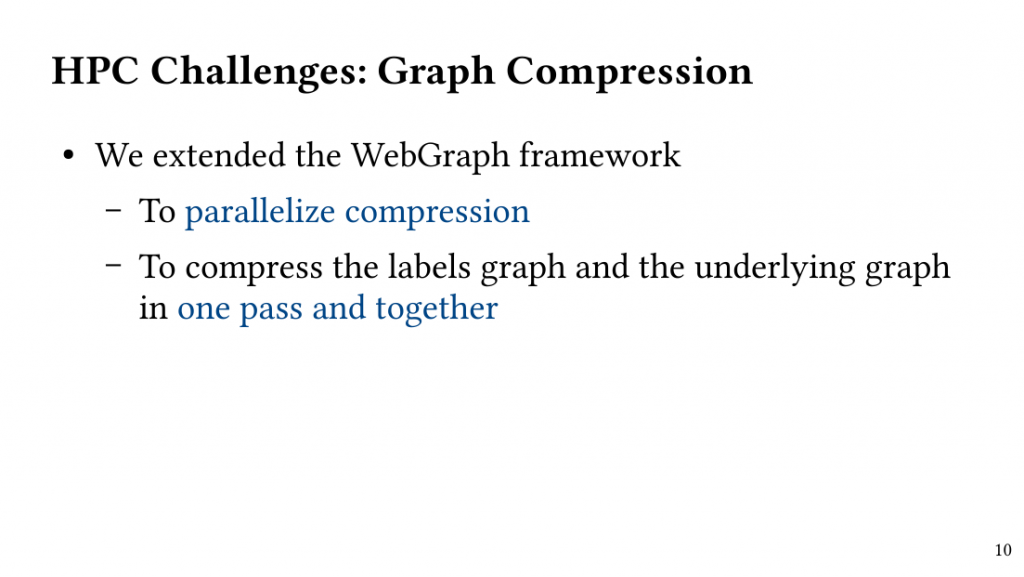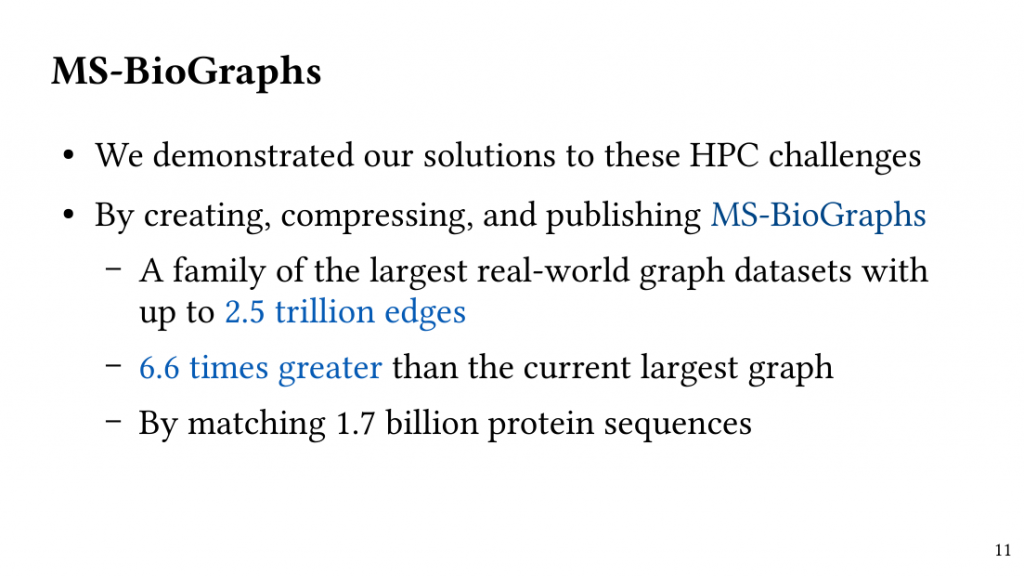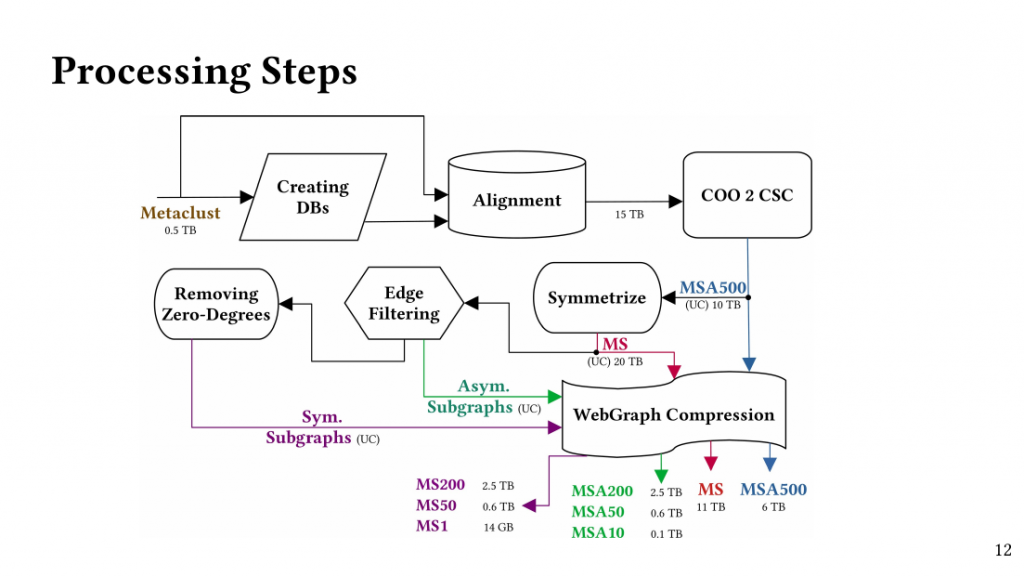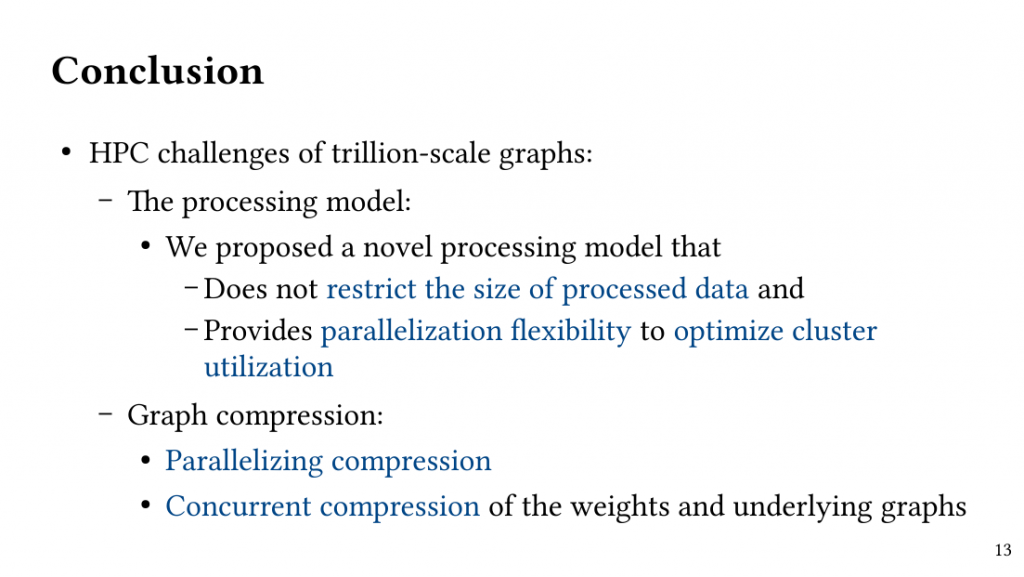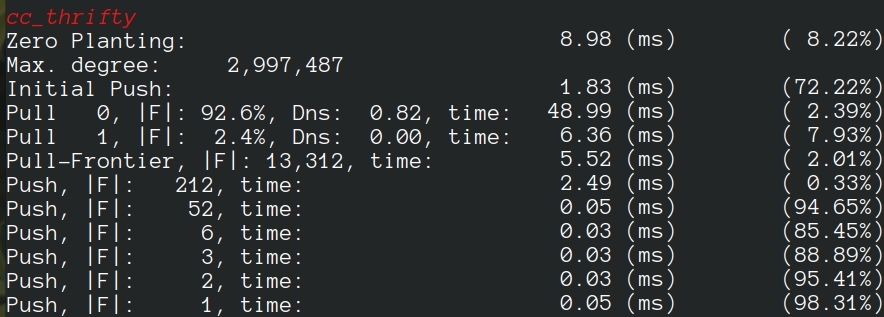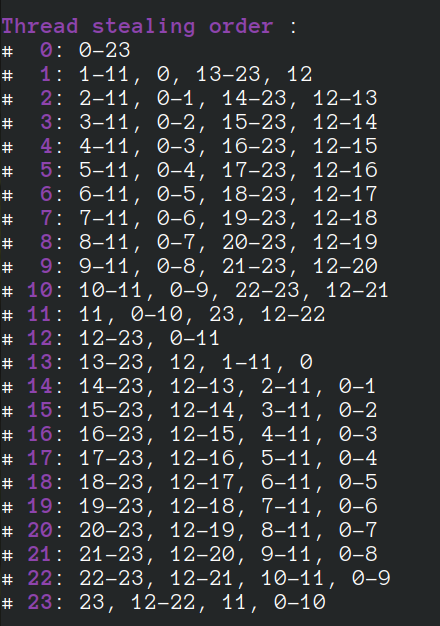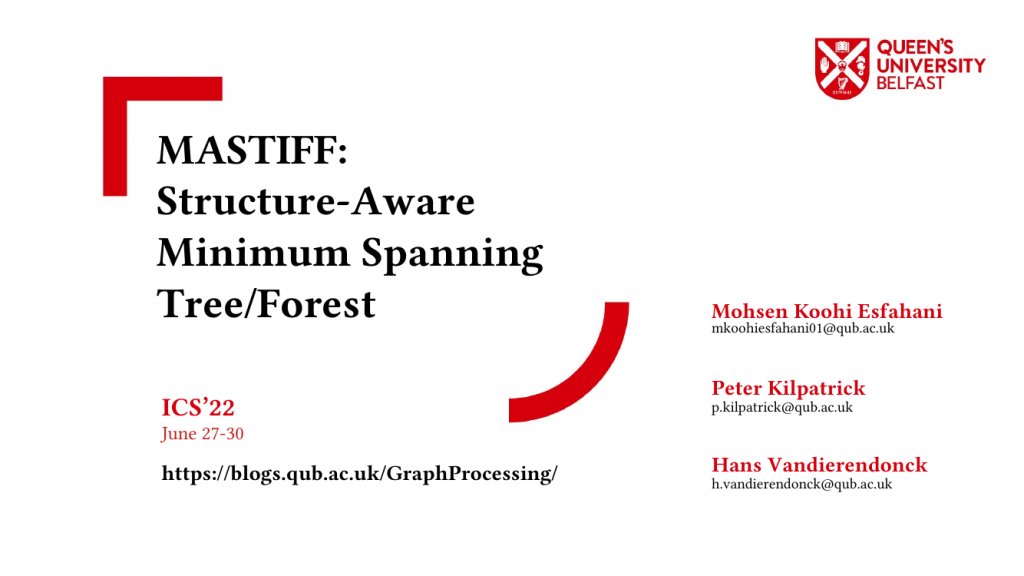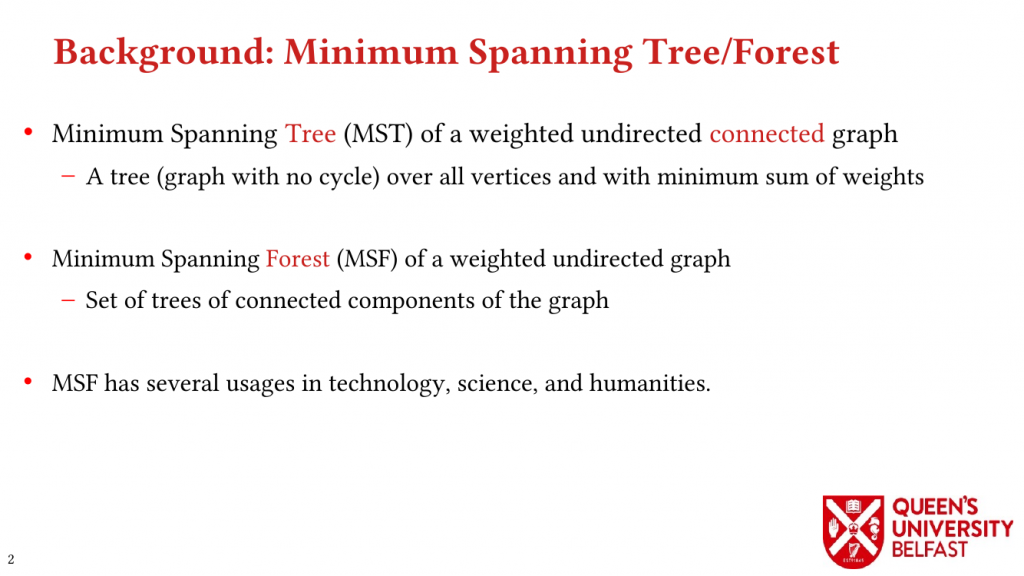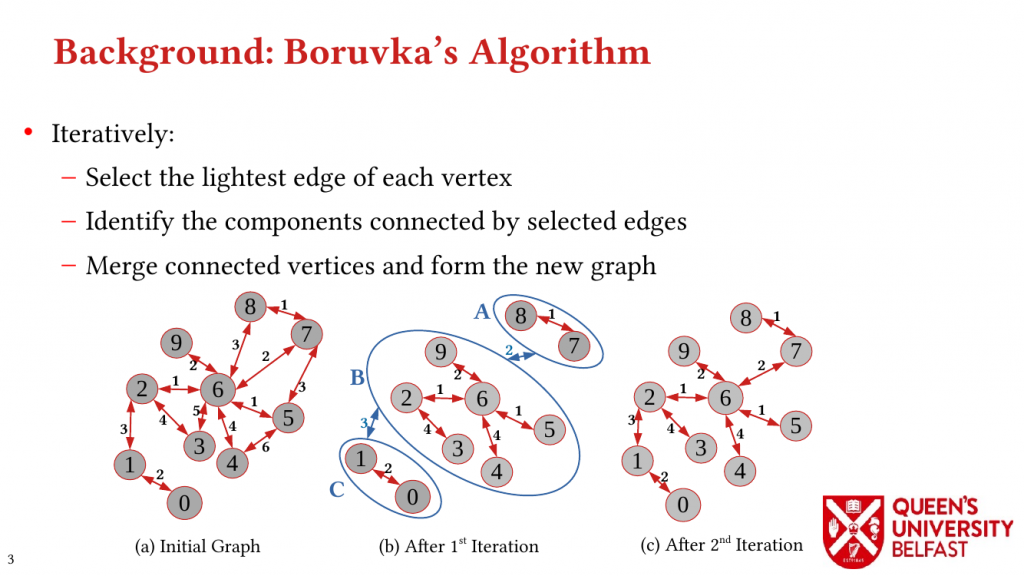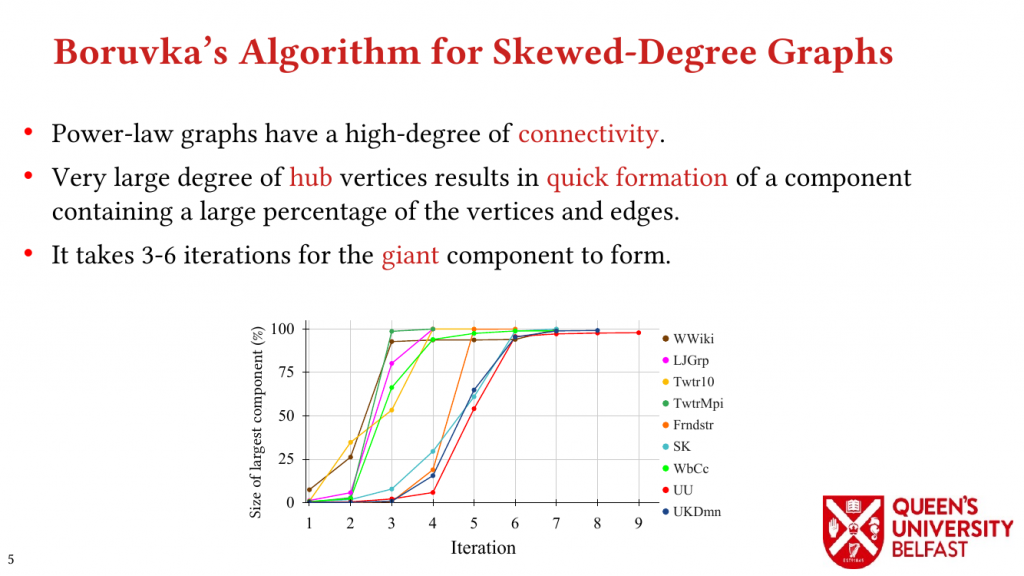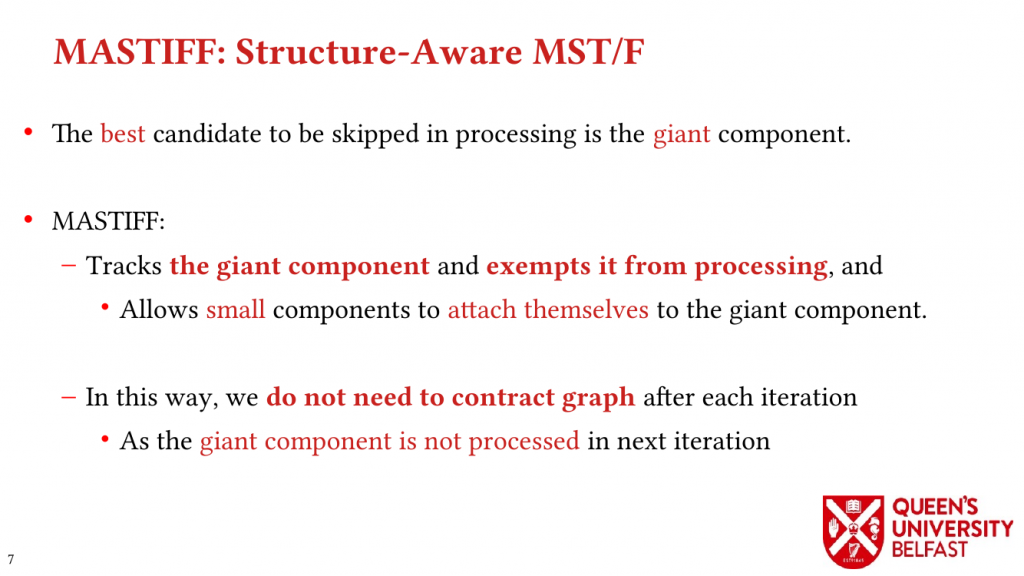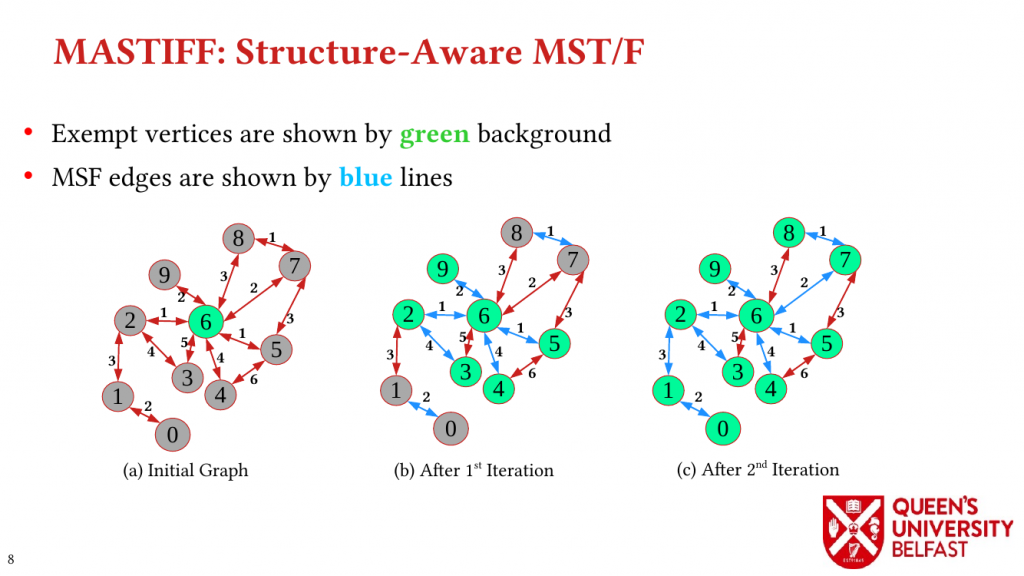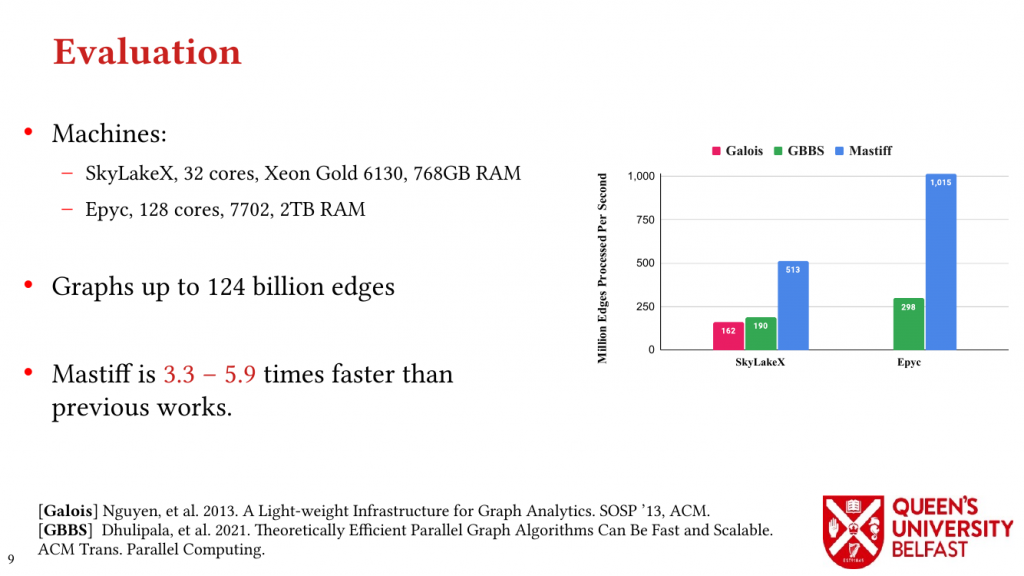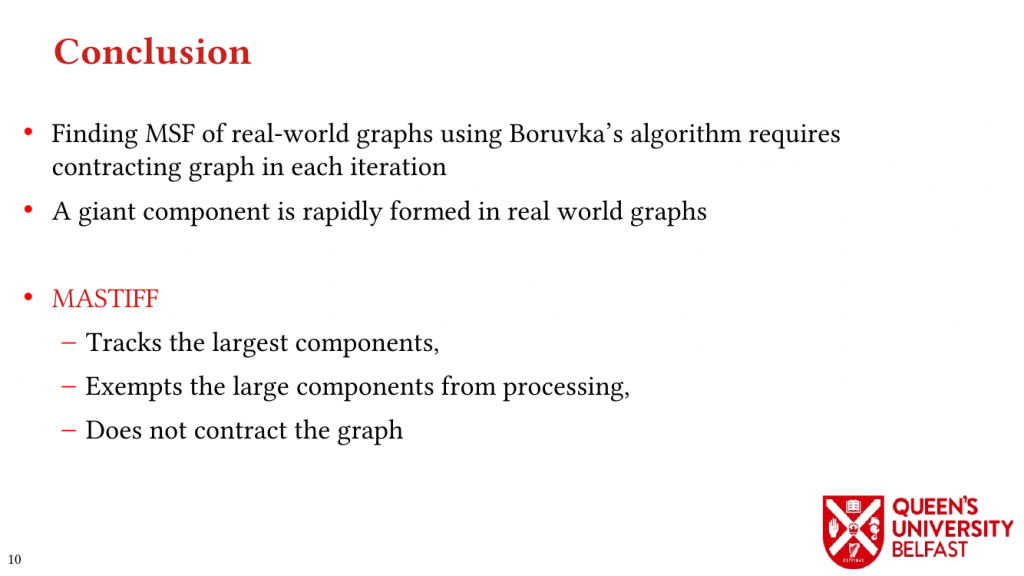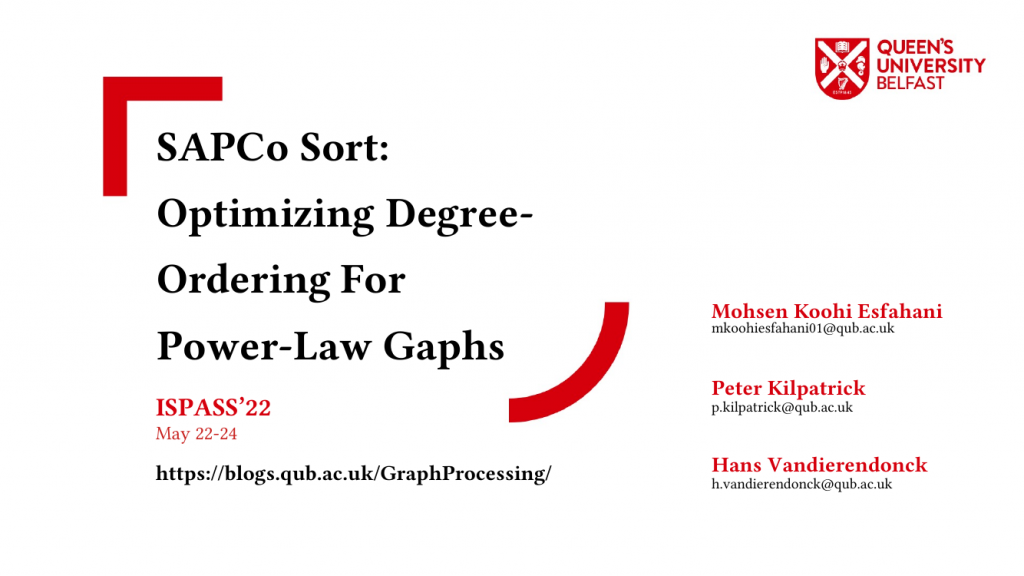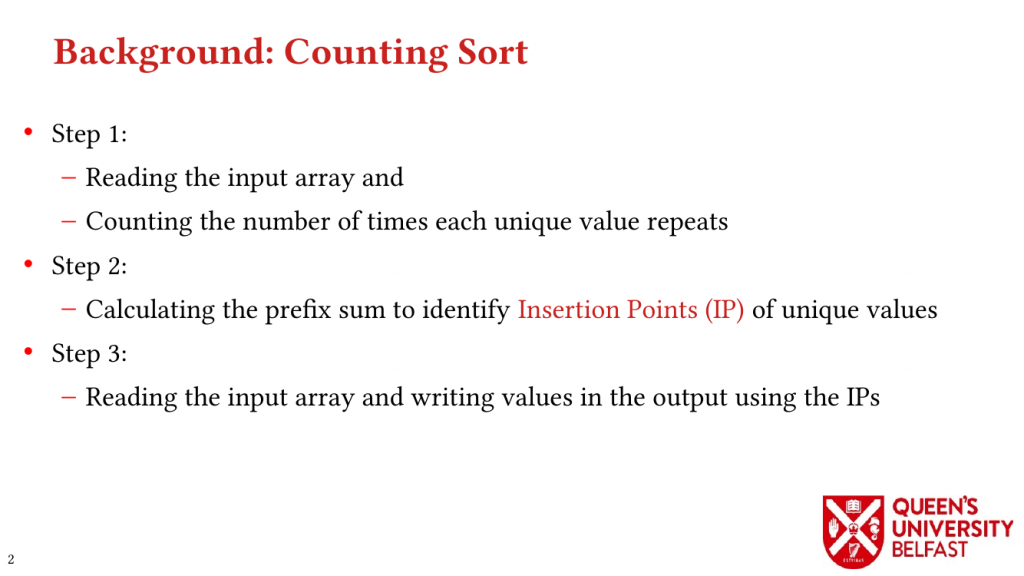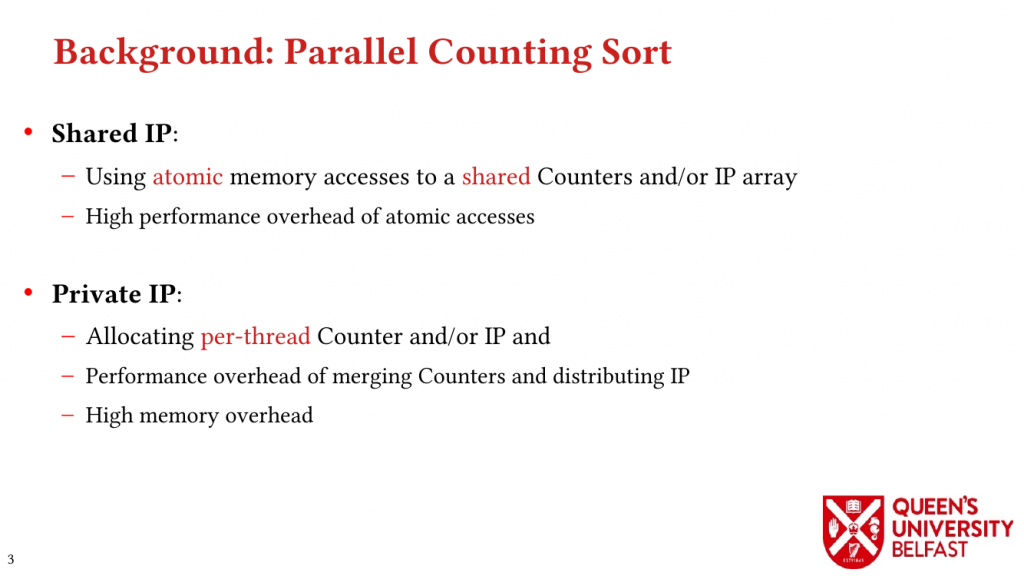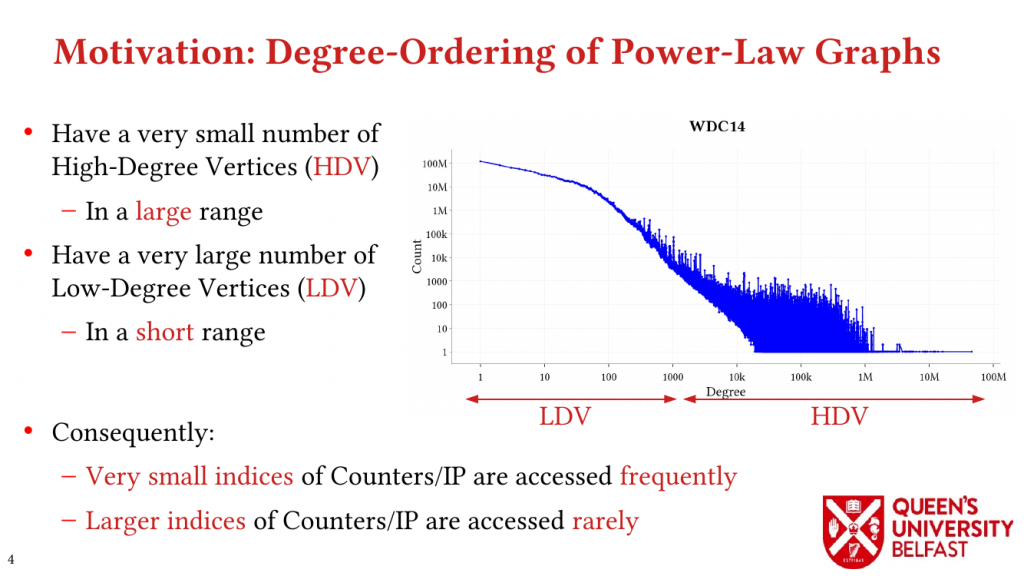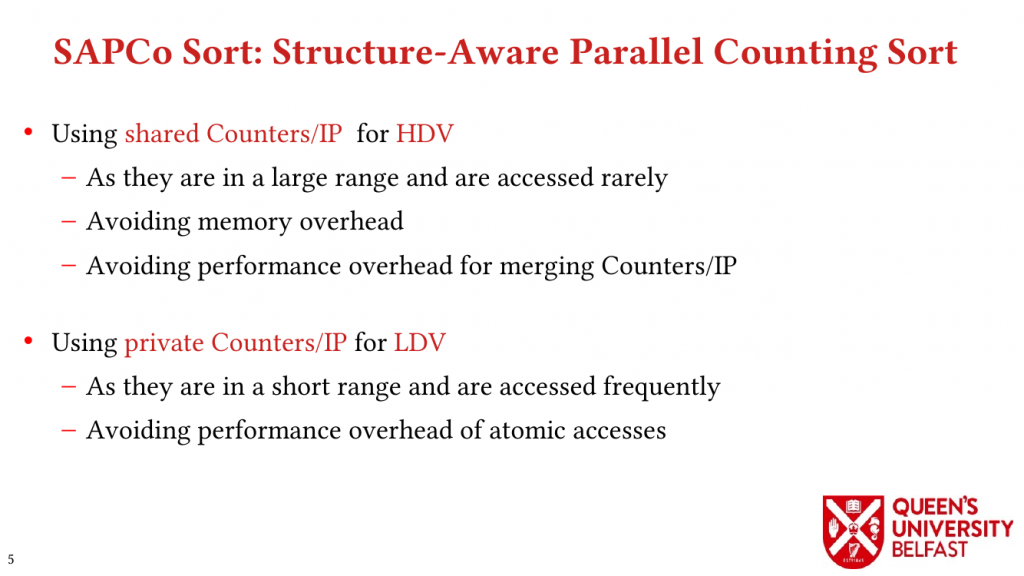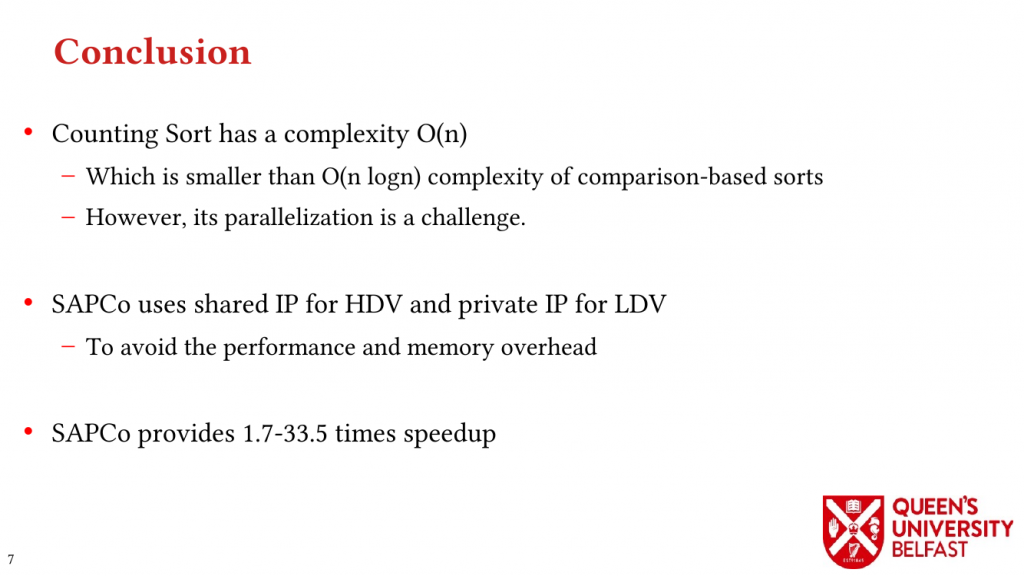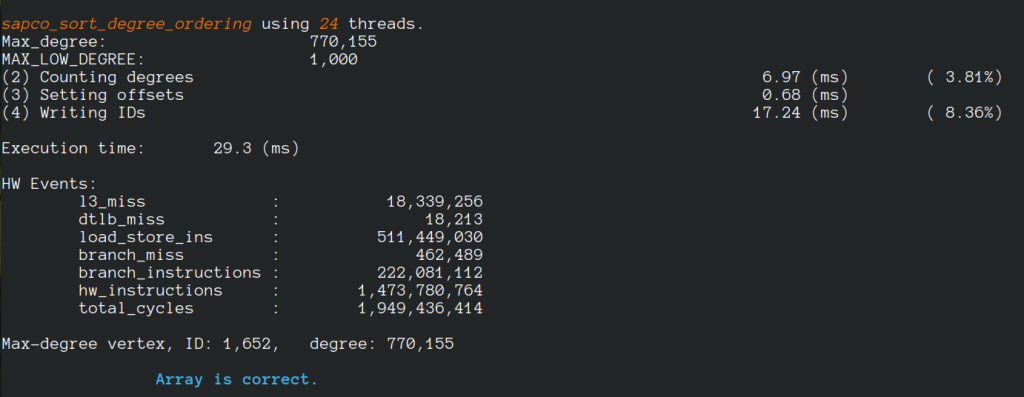PDF version
DOI: 10.48550/arXiv.2404.19735
Comprehensive evaluation is one of the basis of experimental science. In High-Performance Graph Processing, a thorough evaluation of contributions becomes more achievable by supporting common input formats over different frameworks. However, each framework creates its specific format, which may not support reading large-scale real-world graph datasets. This shows a demand for high-performance libraries capable of loading graphs to (i) accelerate designing new graph algorithms, (ii) to evaluate the contributions on a wide range of graph algorithms, and (iii) to facilitate easy and fast comparison over different graph frameworks.
To that end, we present ParaGrapher, a high-performance API and library for loading large-scale and compressed graphs. ParaGrapher supports different types of requests for accessing graphs in shared- and distributed-memory and out-of-core graph processing. We explain the design of ParaGrapher and present a performance model of graph decompression, which is used for evaluation of ParaGrapher over three storage types.
Our evaluation shows that by decompressing compressed graphs in WebGraph format, ParaGrapher delivers up to 3.2 times speedup in loading and up to 5.2 times speedup in end-to-end execution in comparison to the binary and textual formats.
ParaGrapher is available online on https://blogs.qub.ac.uk/DIPSA/ParaGrapher/.
BibTex
@misc{paragrapher-arxiv,
title = { Selective Parallel Loading of Large-Scale
Compressed Graphs with ParaGrapher},
author = { {Mohsen} {Koohi Esfahani} and Marco D'Antonio and
Syed Ibtisam Tauhidi and Thai Son Mai and
Hans Vandierendonck},
year = {2024},
eprint = {2404.19735},
archivePrefix = {arXiv},
primaryClass = {cs.AR},
doi = {10.48550/arXiv.2404.19735}
}Related Posts & Source Code
- Selective Parallel Loading of Large-Scale Compressed Graphs with ParaGrapher – arXiv Version

- An Evaluation of Bandwidth of Different Storage Types (HDD vs. SSD vs. LustreFS) for Different Block Sizes and Different Parallel Read Methods (mmap vs pread vs read)

- ParaGrapher Integrated to LaganLighter

- ParaGrapher Source Code For WebGraph Types












